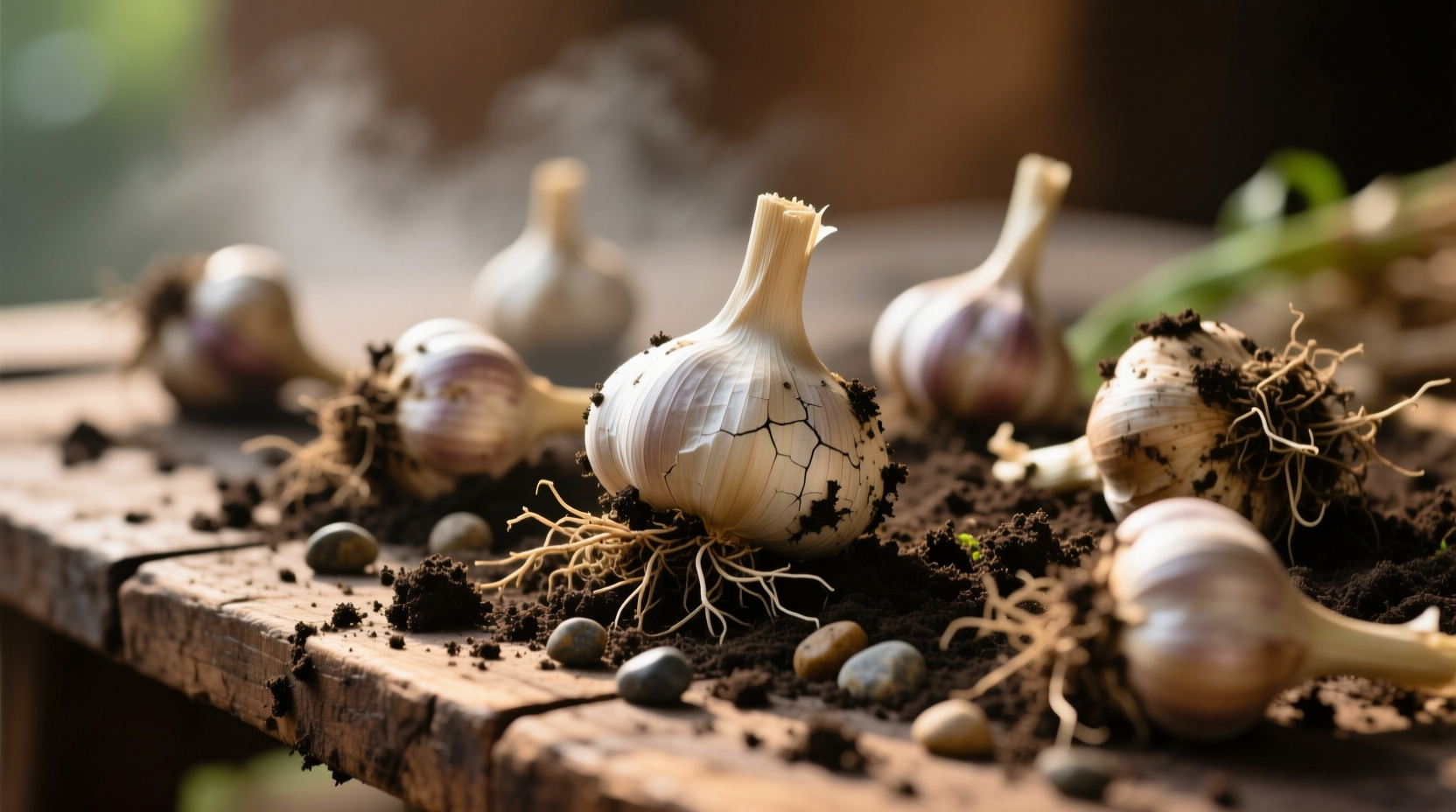Garlic isn't just a kitchen staple in India—it's woven into the country's culinary identity, traditional medicine systems, and agricultural economy. Whether you're a home cook seeking authentic flavors, a health-conscious consumer, or simply curious about this pungent bulb's journey through Indian history, you'll discover how garlic shapes daily life across the subcontinent.
The Historical Roots of Garlic in Indian Culture
Archaeological evidence suggests garlic arrived in India around 3000 BCE through ancient trade routes connecting Mesopotamia and the Indus Valley. References in the Charaka Samhita (circa 100 BCE), one of Ayurveda's foundational texts, document garlic's use for treating respiratory ailments and improving circulation. During the Mughal era (1526-1857), Persian culinary influences elevated garlic's role in royal kitchens, particularly in meat preparations that later evolved into modern-day biryanis and kebabs.
| Era | Historical Significance | Primary Uses |
|---|---|---|
| Vedic Period (1500-500 BCE) | First documented in Ayurvedic texts | Medicinal applications for digestion |
| Mughal Empire (1526-1857) | Integrated into royal cuisine | Meat marinades and rich gravies |
| Colonial Period (1757-1947) | Commercial cultivation begins | Export to British territories |
| Modern India (Post-1947) | National production expansion | Culinary staple and medicinal ingredient |
India's Distinct Garlic Varieties
Unlike the uniform bulbs found in Western supermarkets, Indian garlic showcases remarkable regional diversity. The two primary categories tell a story of adaptation and tradition:
Desi Garlic (Allium sativum var. ophioscorodon)
This small-bulbed variety with pinkish-purple skins dominates Indian markets. Grown primarily in Maharashtra's Nashik region, Desi garlic packs an intense, complex flavor with earthy undertones. Its cloves are smaller but more numerous per bulb (8-12 cloves) compared to imported varieties. According to the National Horticulture Board, Desi accounts for approximately 65% of India's total garlic production due to its superior adaptability to local soil conditions.
Elephant Garlic (Allium ampeloprasum)
Despite its name, this isn't true garlic but a leek relative. Cultivated mainly in Gujarat and Rajasthan, Elephant garlic produces massive bulbs (up to 150g each) with milder flavor. Its popularity has grown 30% since 2018 as health-conscious consumers seek less pungent options, according to the Ministry of Agriculture's 2023 horticulture report.

Culinary Applications Across India's Regions
How garlic transforms in Indian kitchens reveals the country's culinary diversity:
North Indian Cooking Techniques
In Punjab and Uttar Pradesh, garlic forms the flavor base for iconic dishes like butter chicken and rogan josh. Chefs typically use a 2:1 ratio of ginger to garlic paste, fried in ghee until golden—a technique that mellows garlic's sharpness while preserving its aromatic compounds. Kashmiri cuisine uniquely employs smoked garlic (lahsun dhuna), where whole bulbs are buried in embers to create a sweet, caramelized flavor profile.
South Indian Preparation Methods
Tamil Nadu and Kerala kitchens often use raw garlic in chutneys and podis (spice powders). The traditional podimas (stir-fry) technique involves tempering whole garlic cloves in coconut oil before adding vegetables—a method that infuses dishes with subtle garlic essence without overpowering other flavors. Coastal communities frequently combine garlic with tamarind for fish curries, leveraging its ability to cut through rich seafood flavors.
Medicinal Uses and Scientific Validation
Ayurvedic practitioners have prescribed garlic for centuries to address respiratory issues, digestive problems, and cardiovascular concerns. Modern research increasingly validates these traditional applications:
- Cardiovascular Health: A 2022 study published in the Indian Journal of Clinical Biochemistry found daily consumption of 2-3 raw Desi garlic cloves reduced LDL cholesterol by 12% in test subjects over 12 weeks
- Antimicrobial Properties: Research at the Central Food Technological Research Institute confirmed Indian garlic extracts inhibit common foodborne pathogens like E. coli and Salmonella
- Respiratory Benefits: Traditional remedies combining garlic with honey for cough relief show promise, though clinical trials remain limited according to the Indian Council of Medical Research
Important context: While promising, these benefits require consistent consumption of raw or minimally processed garlic. Cooking above 140°F (60°C) significantly reduces allicin content—the compound responsible for many health benefits.
Economic Impact and Production Insights
Garlic cultivation supports over 200,000 farming families across India, with Maharashtra contributing 40% of national output. The 2023-24 agricultural season saw record production at 1.32 million metric tons, a 7% increase from previous year according to the Ministry of Agriculture's horticulture division report.
Key production regions:
- Nashik, Maharashtra: "Garlic Capital of India" producing premium Desi variety
- Dhar, Madhya Pradesh: Known for early-season harvests (October-November)
- Rajkot, Gujarat: Primary Elephant garlic cultivation zone
India imports approximately 150,000 tons annually during off-season months (March-May), primarily from China, to meet domestic demand. However, consumers increasingly seek locally grown garlic due to concerns about chemical residues in imported varieties.
Selecting and Using Authentic Indian Garlic
Follow these practical guidelines to maximize flavor and benefits:
Identification Tips
Authentic Indian Desi garlic features:
- Firm bulbs with tight, papery skins (avoid bulbs with green sprouts)
- Distinct pinkish-purple hue on clove skins
- Strong, complex aroma with earthy undertones
- Smaller cloves (8-12 per bulb) compared to imported varieties
Storage Techniques
Indian households traditionally store garlic using these methods:
- Whole bulbs: Keep in mesh bags in cool, dark places (lasts 3-4 months)
- Peeled cloves: Submerge in olive oil in airtight containers (refrigerate for up to 2 weeks)
- Preserved: Create garlic-ginger paste with 10% salt content for freezer storage
Cooking Best Practices
To maximize flavor in Indian dishes:
- Crush garlic just before use to activate allicin production
- For curries: Add garlic paste after onions become translucent but before adding tomatoes
- For tempering: Use whole cloves in hot oil first, then add other spices
- Raw applications: Let crushed garlic rest for 10 minutes before use to develop full flavor











 浙公网安备
33010002000092号
浙公网安备
33010002000092号 浙B2-20120091-4
浙B2-20120091-4